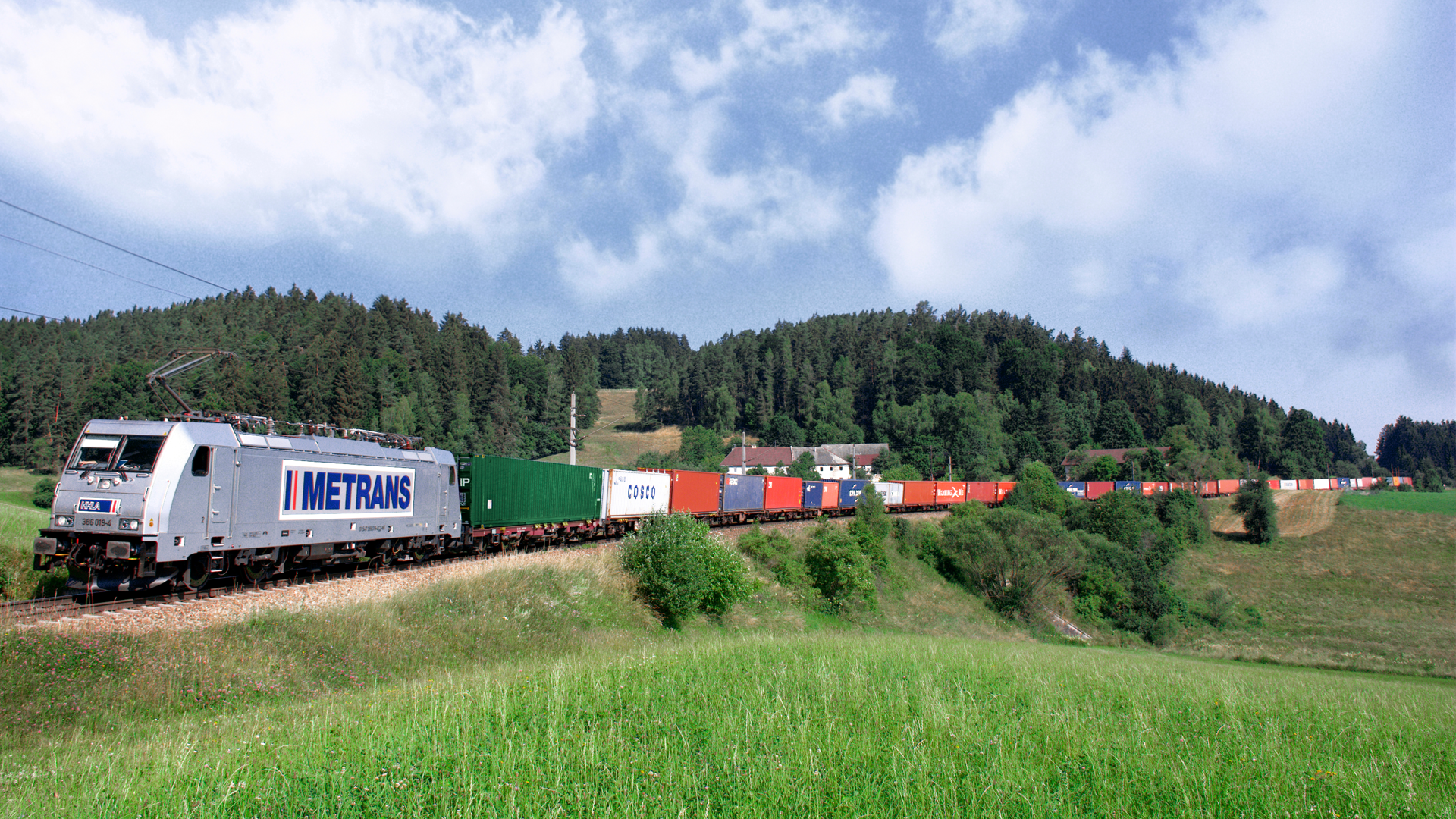Metrans going even greener
This intermodal company is expanding the HHLA Pure network in Europe and offering customers additional services duly certified as climate-neutral. ...

For shippers, climate-neutral transport is of ever-growing importance, since even the supply chain flows into a company’s CO2 balance sheet. As responsible service providers, HHLA and its Metrans rail subsidiary are striving to further expand their climate-neutral products, including HHLA Pure.
Since 1 September, Metrans has included the seaports of Gdansk, Rijeka, Rotterdam, Trieste and Wilhelmshaven in its system for CO2-free transport. In addition, the inland terminals of Duisburg in Germany and Indija in Serbia have been integrated into the HHLA Pure network. In doing so, the group has more than doubled the range, now offering around 340 routes with the HHLA Pure product. “With the expansion of the HHLA Pure network, we are making a significant contribution to climate protection and are giving our customers still more opportunities to have their containers, being transported from the seaports into the hinterland certified as climate- neutral,” says Peter Kiss, CEO of Metrans Group.
Thanks to HHLA Pure, all rail shipments to and from Hamburg, Bremerhaven and Koper have been transported CO2-free since 2021. Expansion along further routes is being checked and certified as part of this year’s audit by TÜV. Metrans deploys cutting-edge equipment – electric and hybrid locomotives, modern lightweight railcars and electric cranes – and in Germany and Austria uses power from renewable energies to restrict CO2 emissions from freight handling and transport to a minimum. For every route, the remaining CO2 emissions per TEU – standard container – are calculated and compensated by high-grade climate protection projects.
Metrans has been engaged in developing new, attractive offerings since the early days. Founded in Uhrineves, a suburb of Prague, in 1992, the company aimed to connect the then Czechoslovakia with Hamburg as a seaport. As a landlocked country, it possessed not a single point of access to the sea, but a long-established trade route led to Hamburg, operated by inland waterway craft, via the Moldau and the Elbe. When the Iron Curtain fell, the formerly communist countries imported much new material for consumer goods and investment in plant.
These shipments largely had to be transported along poorly built, congested roads. Trucks would sometimes have to wait a day or two before being cleared by Customs. Rail shipments could only be calculated with difficulty and were no alternative, at least until Metrans started to use rail for container block-trains. These services stood out for their reliability, short transit times and high capacities. Shuttle services became increasingly frequent. They soon catered for a high proportion of imports and exports for the Czech Republic, which had parted peacefully from Slovakia, its presentday neighbour, at the end of 1992.
Three decades later, an enormous container terminal operates for HHLA’s rail subsidiary Metrans in Uhrineves, one of the central hubs in the European network of 21 inland terminals. The six rail cranes and 13 reachstackers there can handle up to ten trains simultaneously. Following a sustainable modernization of head office, around 500 staff control container movements, seeking to fulfil every request from customers with a minimum of bureaucracy. This is exactly as Metrans founder Jiri Samek would have wished, as his successor and CEO Peter Kiss explains: “Our vision is one of comprehensive service, i.e. a neutral solution. With that, we aim to assist our customers in a great variety of situations. Yet if they wish, we also seek very specific solutions.” Enthusiastic about Samek’s ideas for rail logistics, Kiss entered the group in 1999. In the same year, intermodal transport was re-started in Slovakia, with Hungary then integrated in a further move.
Many more terminals followed, whether built by the group, purchased or leased. High-frequency shuttle trains connect the ports with the hinterland. Dynamic growth also owed a lot to HHLA’s entry in the mid- 1990s. The sums invested rapidly assumed fresh dimensions, yet Metrans’s basic, productive principle remained unchanged.
High-frequency shuttle services rapidly transport containers away from the ports. They are then sorted at the hub terminals in the hinterland and taken to recipients by local trains and trucks for the last mile. A dense network of Metrans rail links meanwhile extends from the Baltic to the Bosphorus. In future, even more of these will be offered on a climate-neutral basis.